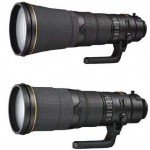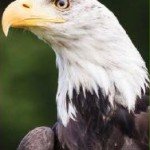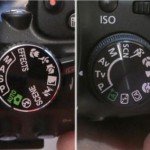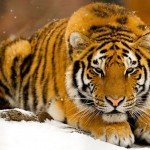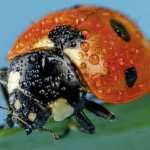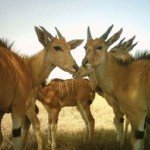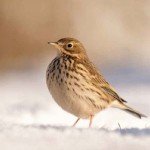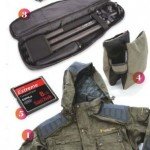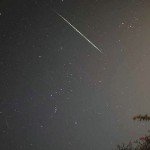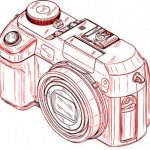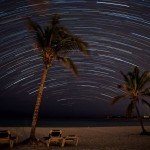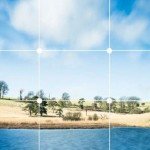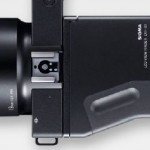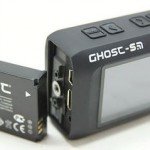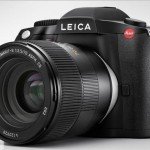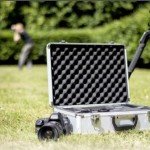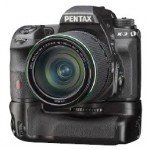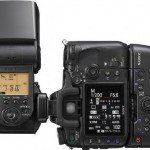Picking the Right Glass for Wildlife Photography
The key to equipping yourself for wildlife photography is versatility. You’re dealing with a lot of variables, not least of which is the unpredictable behaviour of the animals you’re setting out to photograph. You’ll ideally want to have lenses to cover you in all situations. Here are our recommendations:
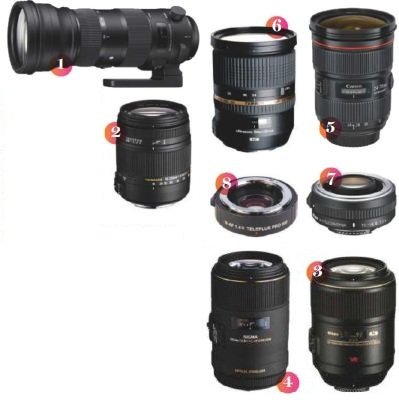 A HIGH-QUALITY TELEPHOTO ZOOM
A HIGH-QUALITY TELEPHOTO ZOOM
The reach and flexibility of a long zoom will serve you well considering you won’t have the luxury of knowing where your subject might appear.
1 RECOMMENDED: Sigma 150-600mm f/5-6.3 S DG OS HSM (£1,599). Compatible with Full Frame and APS-C.
2 ON A BUDGET: Sigma 18-250mm f/3.5-6.3 DC Macro OS HSM (£295). Compatible with APS-C sized sensors.
A LONG MACRO LENS
Some animals will let you get close(ish) and this is a good opportunity to try some macro work. A longer macro lens will let you keep a respectful amount of distance while still getting those fascinating detail shots we associate with macro.
3 RECOMMENDED: Nikon 105mm f/2.8 G AF-S VR IF ED Micro NIKKOR (£629)
4 ON A BUDGET: Sigma 105mm f/2.8 Macro EX DG OS HSM (£379)
A WIDEANGLE ZOOM LENS
Don’t go too wideangle – a range like 24-70mm will suit you just fine and will be ideal when you’re in closer proximity. Try to get the fastest lens your budget will allow.
5 RECOMMENDED: Canon EF 24-70mm f/2.8L II USM (£1,549)
6 ON A BUDGET: Tamron 24-70mm f/2.8 DI VC USD SP (£799)
A TELECONVERTER
With the more timorous animals, you can frankly never have enough distance, and a teleconverter will further increase the reach of your lenses.
7 RECOMMENDED: Nikon TC-14E AF-S Teleconverter III (£449)
8 ON A BUDGET: Kenko Teleplus Pro 300 DGX 1.4x Teleconverter (£194)

